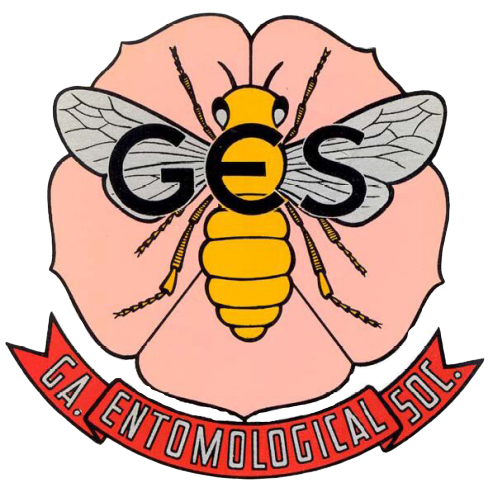MICROBIAL CONTROL OF HELIOTHIS SPP. (LEPIDOPTERA: NOCTUIDAE) IN COTTON: DOSAGE AND MANAGEMENT TRIALS1
Cotton, Gossypium hirsutum (L.), infested with relatively low populations (untreated range: 0.3 – 0.7 larva/plant) of Heliothis spp. larvae was treated with varying mixtures of the nuclear polyhedrosis viruses from Heliothis zea or Autographa California (dosages: 2.97 and 5.93 × 1011 polyhedral inclusion bodies/ha) and the bacterium, Bacillus thuringiensis Berliner (dosages: 0.14 – 0.56 kg/ha of Thuricide®). The bacterium when mixed with a spray and adjuvant was as effective as a chemical standard in reducing plant damage and low populations of Heliothis. Applying mixtures of the viruses with the bacterium did not increase efficacy. In a commercial 16-ha field, four aerial applications of a microbial mixture of 150 g Elcar® and 560 g Thuricide plus 3.36 kg adjuvant resulted in a ca. 76% viral infection and sufficiently controlled the larval infestation and protected the fruit from damage. The Heliothis population in another 16-ha field was controlled using four applications of chemical insecticides. Natural viral disease prevalence was ca. 3%. Although Heliothis egg numbers ranged from ca. 20 – 80 eggs/100 plants in both fields during the test, boll damage in the microbially treated field was only 0.5% compared to 0.6% in the chemically treated field. Further, yields from both fields were ca. 3 × 103 kg/ha, indicated similar control.
Contributor Notes
1 Mention of companies or commercial products does not imply recommendation or endorsement by the U. S. Department of Agriculture over others not mentioned.
